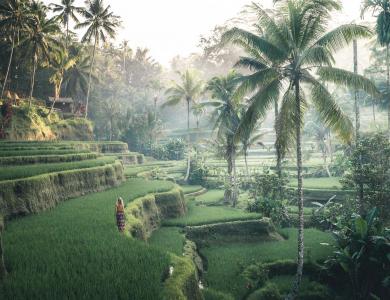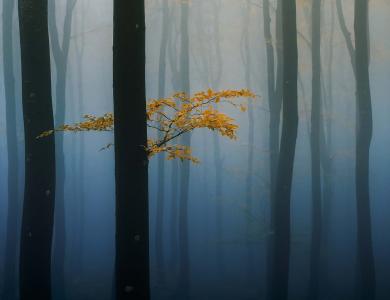
"I think people can relate to the "journey" aspect of pilgrimage, the search for something and the questioning of the self. On one level the series is very simple, but on another, it challenges us..."
British photographer Alys Tomlinson is this year's Photographer of the Year in the 2018 Sony World Photography Awards. Her personal, long-term series, 'Ex-Voto' was praised by the jury for its beautiful production, technical excellence and sensitive illustration of pilgrimage as a journey of discovery and sacrifice.
Having grown up in Brighton, Alys went on to study English Literature and Communications at the University of Leeds. After graduating, she moved to New York for a year and was given her first commission for Time Out, before coming back to London to study photography at Central Saint Martins College of Art and Design. She has recently completed an MA (Distinction) in Anthropology of Travel, Tourism and Pilgrimage at SOAS, University of London. Alys is most interested in the relationship between people and place, exploring themes of environment, belonging and identity.
Of winning the overall prize, she says: "To be only the second British photographer to win after Vanessa Winship (of whom I am a big fan!) is a huge honour. It's been a lot of fun, with interviews, TV and radio appearances. A highlight has been meeting the other winning photographers, including late-night gin and tonics with the legendary Candida Höfer! The award means a huge amount to me. It's wonderful to be recognised for what I do, for what I am so committed and passionate about. Having worked on the 'Ex-Voto' series for five years, winning this Award has opened up and emphasised the centrality of pilgrimage to us all."
Hi Alys, huge congratulations on your success in this year's awards! Firstly, can you tell us a little about you and your photography
Thank you! I was born in Brighton, UK. I've always been very interested in visual culture, film and cinematography, but a career as a photographer wasn't an obvious option for me. I come from quite an academic family and I was lucky to be brought up surrounded by books. I remember being particularly inspired when I discovered photography books by Robert Frank, Diane Arbus and Stephen Shore. At university, I studied English and Communications, but Dad gave me his 35mm Pentax and I spent a lot of time doing street photography, then I enrolled on a photography evening course and started shooting for the student paper. It wasn't until I did the PgCert at Central Saint Martins that I really studied photography formally. I now combine commissioned work for clients with my own, self-initiated projects.

You've had great success with 'Ex-Voto' so far this year. What do you think it is that is drawing people to the series?
I never start a project with awards and competitions in mind, but any success is a huge boost. In some ways it's luck, that a particular panel have seen something in the work and different juries will come up with different winners. With the 'Ex-Voto' series, it seems people are drawn to the quiet but powerful nature of the work. Someone described it as having "a sense of wonderment, of engagement, of becoming transported" which I was very happy to hear, as that was exactly what I was hoping to achieve. There is a connection with the pilgrims I photograph, but also a curiosity and ambiguity, which I hope comes through. It's also crafted photography, shot on very traditional equipment, stripping photography back to its purest form. I think people can relate to the "journey" aspect of pilgrimage, the search for something and the questioning of the self. On one level the series is very simple, but on another, it challenges us to ask complex questions about faith, humanity, and nature.

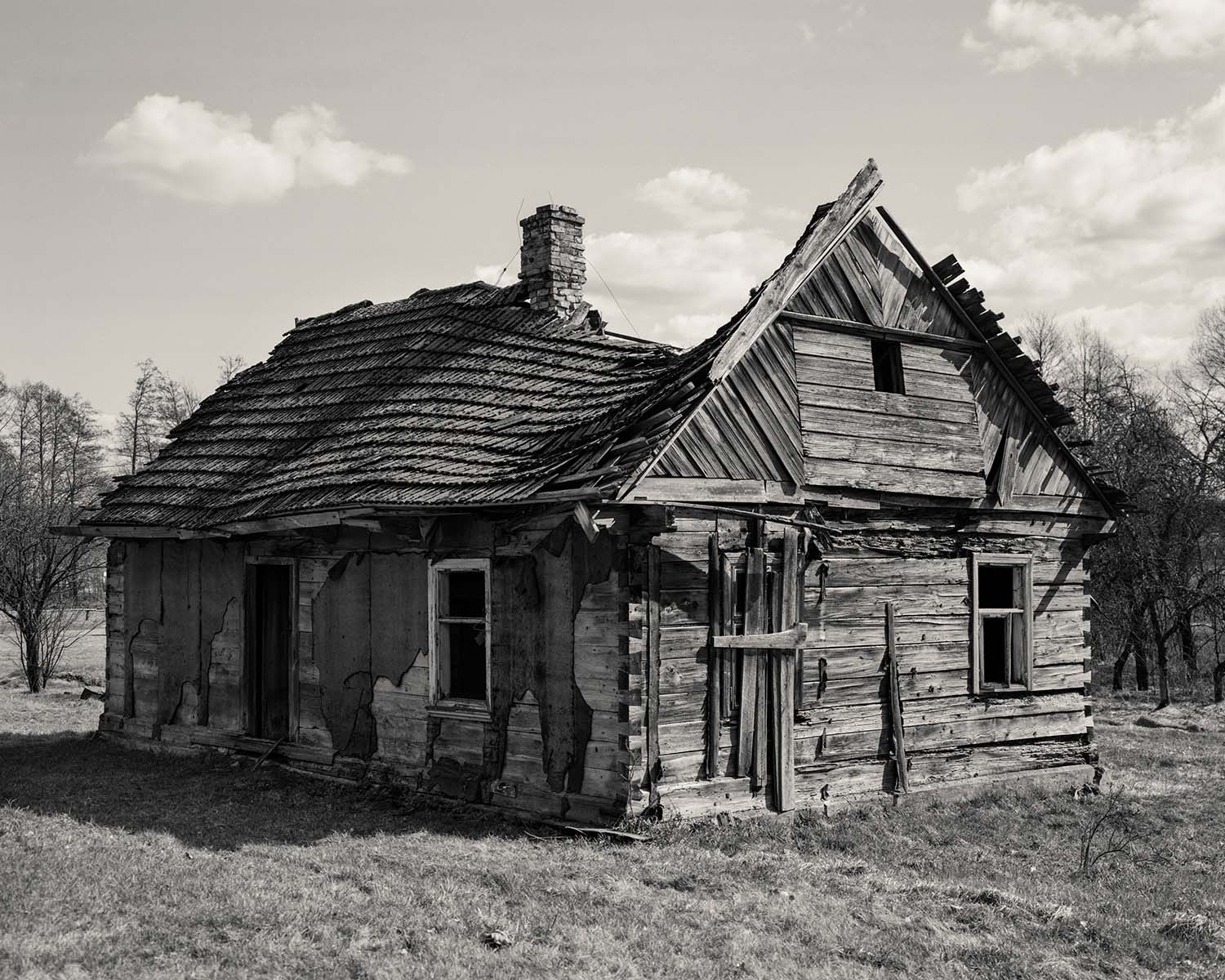
Did the series end up as you hoped it would? What was the vision when you started and how did it change?
Eventually, yes, but it was a long process. The first time I went to Lourdes was around five years ago. I started shooting the project in a more documentary style in colour, but it wasn't working for me. I'd seen this kind of work before and I was shooting as an "outsider" afraid to get close to people. The images didn't reflect the mysterious presence or timeless, otherworldly quality I felt when I was there. After several trips, I decided to go back one last time and completely changed my approach. This was, in part, a result of research undertaken for my MA in Anthropology. I decided I wanted to slow the process right down, so returned with a large format, 5x4 camera and black and white film. By then I was familiar with the landscape and had built good relationships with people there. That's when the work began to come together and as soon as I got my first contact sheets back, I knew this was the right direction for the project. I became really interested in the objects and markers left behind at Lourdes, combining images of these "Ex-Votos" with formal portraits and large-scale landscapes. I then looked to expand the project and began to explore other pilgrimage sites in Poland and Ireland.

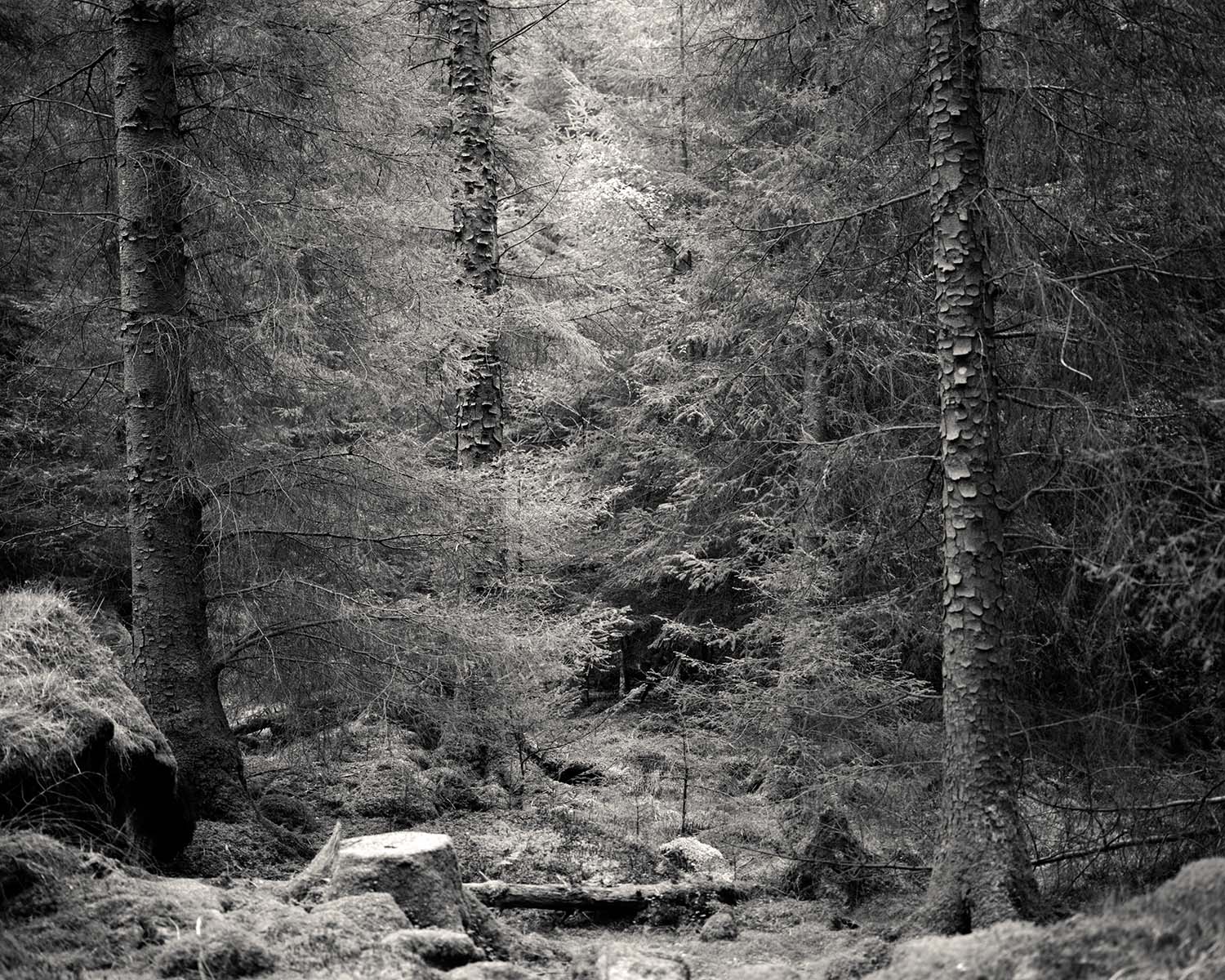
Talk about juggling your commissioned and personal work. I'm always interested in how photographers ensure they compliment one another, rather than hinder the work produced
Commissioned work provides structure and discipline that can be carried over into personal work. Like many photographers, I use the commissioned work to fund my personal work. Some of my first commissioned jobs were for Time Out, shooting their travel guides. I would spend 3 or 4 weeks on my own, exploring and photographing cities in Europe and North America. This experience forced me to be methodical and organised, but it was also a great adventure, giving me a strong sense of independence. Sometimes I would love to just concentrate on my own projects but commissioned work can also involve creative problem solving, in-depth research and re-evaluating ideas, which can all benefit long-term, personal projects. The commissioned work has also made me more confident in approaching people and handling sensitive situations. Nearly all my work deals with the connections between people and their surroundings, so although it's not always obvious, there is definitely a crossover. The commissioned work feeds into the personal work and vice-versa.
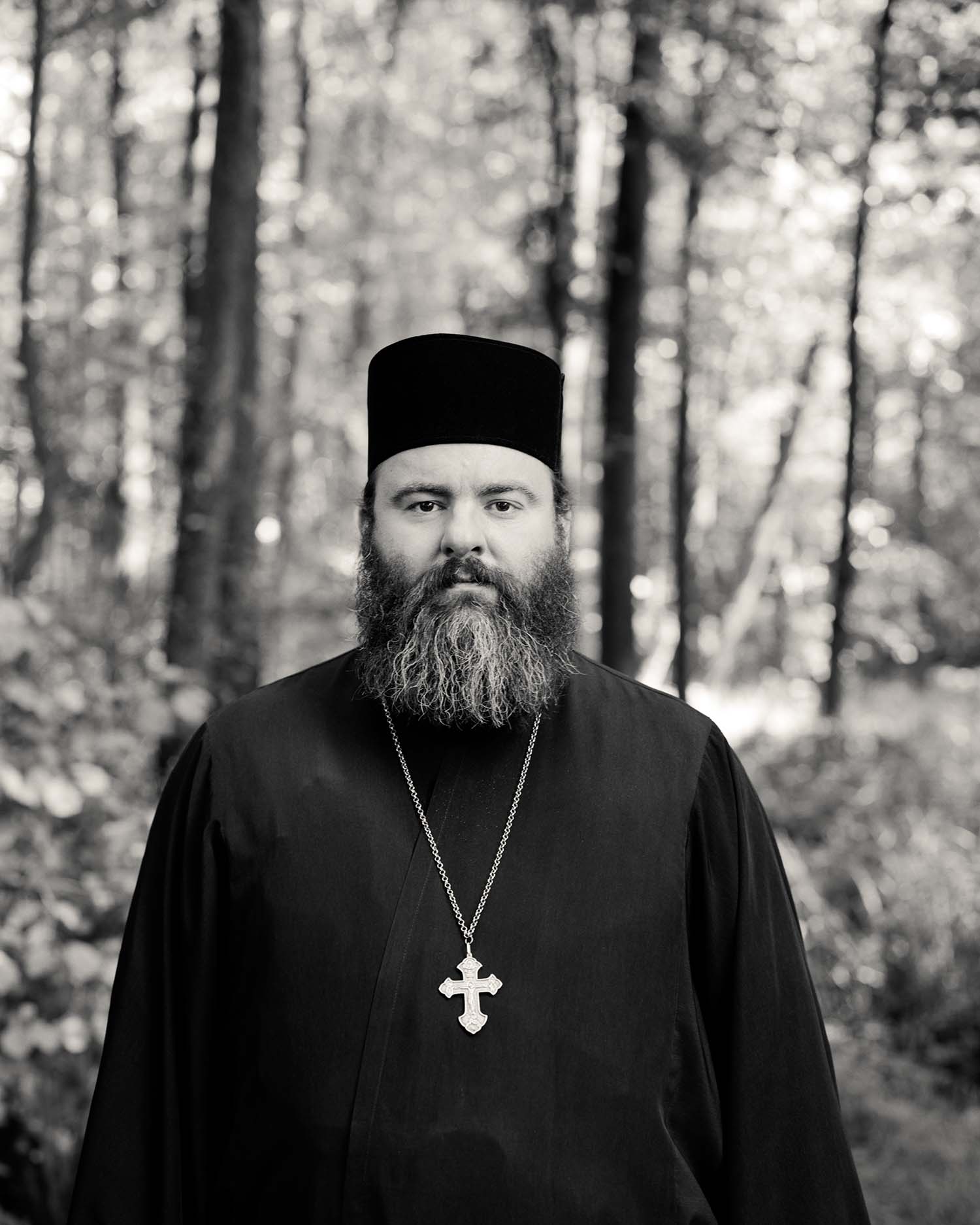
What's next for you?
I'm working on finishing the project and hope to make 'Ex-Voto' into a book this year, so I'm looking into publishing options and further opportunities to exhibit the work. Also, when I was shooting 'Ex-Voto' in Poland, I photographed a fascinating nun from Belarus called Vera, so she could be the basis for a new project. Having recently completed an MA in Anthropology, I would also like to incorporate more writing into my work, combining imagery with ethnographic enquiry and research.
alystomlinson.co.uk
@alystomlinson
worldphoto.org/exhibition

